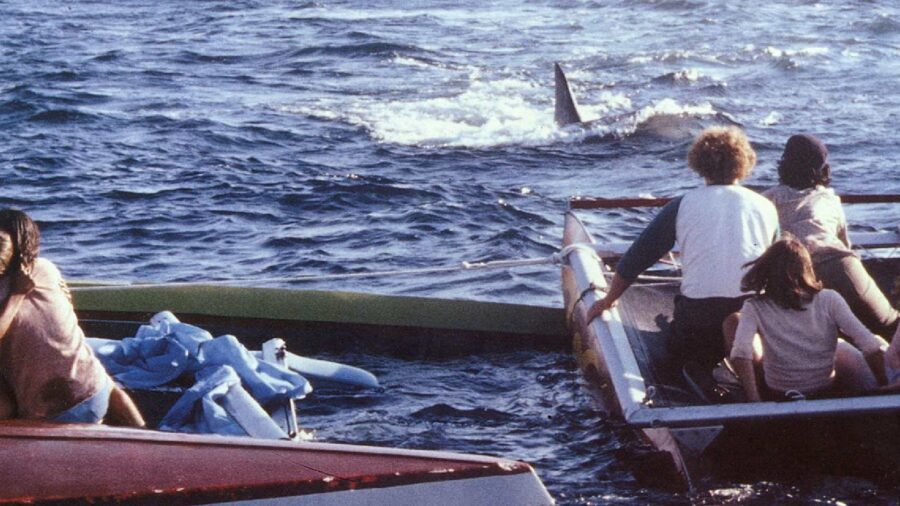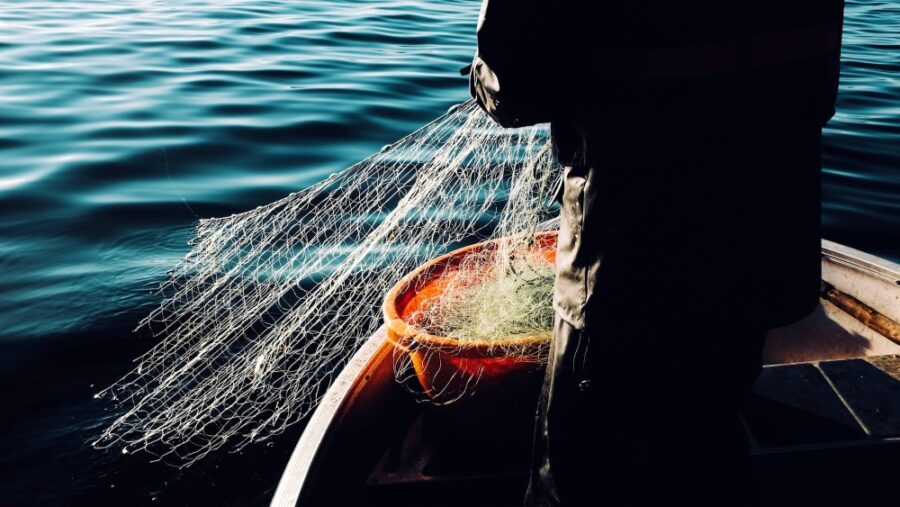Pig-Faced Shark Shocks And Confuses Beachgoers

These days, it seems as though every time we think we’ve got a handle on what creatures exist in the world around us, some kind of never-before-seen monstrosity leaps forth from the ocean and wreaks havoc. An Eastern Atlantic species of pig-faced shark has turned up on the beaches of an Italian island in recent years, shocking and confusing the locals. This creature, which is officially named the angular roughshark, is actually an endangered species that tends to thrive only when left unencumbered by human intervention, and can sometimes be seen as an omen of bad luck.
The Angular Roughshark
In fairness to the pig faced shark, it isn’t a newly discovered species like some headlines would lead you to believe. The creature was actually first studied in the mid 1700s, and is known to live along the entire East Atlantic coast from Norway down to South Africa. The angular roughshark was actually quite common to fishermen in the Canary Islands area up until 1997, when commercial deepwater fishing began destroying their homes and habitats.
Even Sound Like Pigs

Angular roughsharks got their nickname, the pig fish, due to their bizarre features and pig-like grunts that they emit when captured. The creatures, which span over 3 feet long in adulthood, are known to have wide-set eyes, big flailing nostrils, and a flat, pronounced snout, like that of a pig. Pig-faced sharks also have furry-looking dermal denticles, which mimic the appearance of a farm animal’s fuzzy head.
Rarely Seen

Though the pig-faced shark is quite common to fishermen of certain Mediterranean locales, the creatures tend to trawl the bottom of the ocean, thriving at depths of 200 to 2,000 feet beneath the waves. As a result, your average everyday beachgoer has very little awareness that these pork predators even exist. Such was the case for a group of horrified Italian beachgoers in 2021, when the carcass of a dead angular roughshark washed up on shore.
Many locals believed they had discovered some kind of marine pig hybrid, and shared images of the fish to social media pages with horrified captions questioning their own sanity. Luckily, conservationists stepped in to educate those who are uninitiated in the world of pig faced sharks, revealing that the creatures are becoming more and more scarce as their environment continues facing destruction.
Not Aggresive Like Other Sharks

In case you’re wondering, the likelihood of being eaten or attacked by a pig-faced shark next time you take a dip in the Mediterranean is extremely low. Unlike makos, great whites, or other traditional sharks, angular roughsharks spend most of their time hovering just barely above the ocean floor, hoovering up crustaceans, mollusks, and even the eggs of other sharks, like some kind of bloodthirsty Roomba.
They still have razor-sharp teeth, so I wouldn’t advise giving one a dental exam if you do cross paths while deep-sea diving, but the chances of a Jaws sequel with the pig-faced shark at the center are pretty low.
Best To Leave Them In The Ocean

On the other end of the spectrum, pig-faced sharks also don’t make for a good meal, so you can go ahead and forget your dream of trying deep-sea bacon. Mediterranean fishermen have long regarded the angular roughshark for its lack of commercial value, and consider catching one to be a sign of bad luck. Unfortunately, the pig-faced shark has never been reported to live after being captured, so even throwing one back is unlikely to protect it against the shock of breaching the waves.
Source: LiveScience













